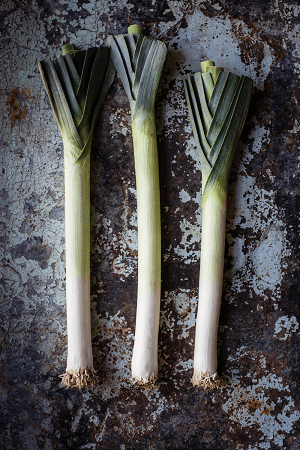St David’s Day
Happy St David’s Day – Dydd Gŵyl Dewi Hapus
Being a quarter Welsh (maiden name ‘Morgan’ thankyouverymuch), I have taken it upon myself to chat to you about St David’s Day. And also confess that I knew very little about it until a couple of hours ago. The other 75% of me makes most of the decisions. That said, we do offer translation services into Welsh. I love that there are Welsh to English translations on road signs throughout Wales. That place names are in both English language and Welsh language. I love that it is still going. And recently the TV drama Hidden, set and filmed in Wales was in both the English and Welsh language. Where the dialogue was in spoken language Welsh there were English subtitles. This allowed the viewer to enjoy the melodic and wonderful sound of Welsh (in spite of the rather macabre plot).

St David’s Day is the feast day of the patron saint of Wales Dewi Sant (St David) who, according to legend, died on this day in the year 589 AD aged 100 – this was a time when life expectancy was closer to 25.
Dewi Sant (St David) was a preacher, renowned for founding Celtic monastic settlements across Wales, Cornwall and Brittany, including one such community at the site of St David’s Cathedral (named after him) in Pembrokeshire where he is buried. Another who celebrates St David by using his name, is the red dragon we see on the Welsh Flag. Yep, he has a name. It’s Dewi. Or Dave the Dragon to his English dragon-mates.
According to legend, while St David was preaching to a large group of people at the Synod of Brefi, a small hill formed beneath where he stood, and a white dove settled upon his shoulder, hence why the saint is portrayed in this way in art throughout history. Annoyingly for Wales, St David’s Day it is not a recognised national holiday – despite Saint Andrew’s Day in Scotland and Saint Patrick’s Day in Ireland being national holidays in the respective countries. This is because former Prime Minister Tony Blair vetoed calls for a change to the law in March 2007, despite 87% of Wales’ population expressing their wish for it to be a public holiday. Thanks Tony.
By the way St George’s Day is not a Bank Holiday in England either. I think Wales and England are owed a day off. Who do we write to? Who is in charge of this kind of thing…?

Ok, the daffodil and the leek. After extensive research by me (some googling etc) I have reached the following conclusions regarding why these have become iconic symbols of Wales; why we associate a root vegetable (and not a very nice one) and a pretty yellow flower (my second favourite flower as it happens) to be synonymous with Wales. Firstly, the leek is an obscure link – it seems that on the eve of a battle with the Saxons, soldiers were advised to wear this vegetable on their caps to distinguish themselves from the enemy. And the daffodil… well it’s the same word in Welsh. Cenhinen translates into English as leek and cenhinen pedr translates as daffodil. This confusion means that both have been adopted as national emblems. We tend to see a daffodil as the image associated with St David’s Day as it is altogether more palatable emblem. Plus it has less of a connotation with battle (than the leeks).
Photos from Unsplash














